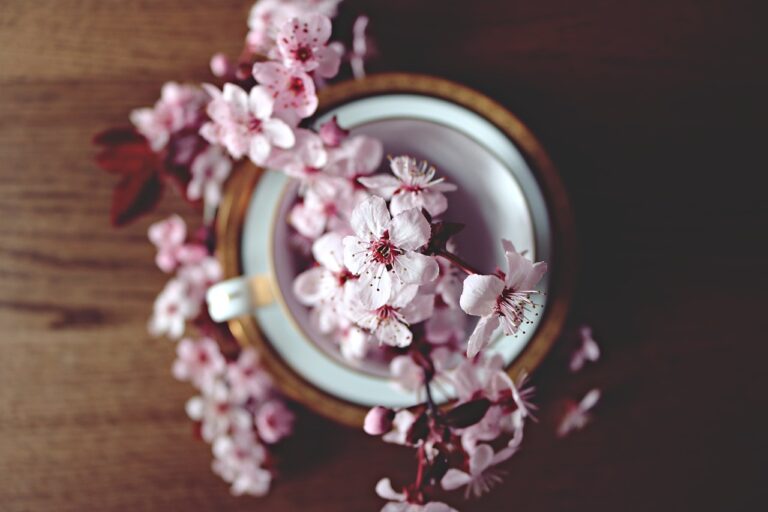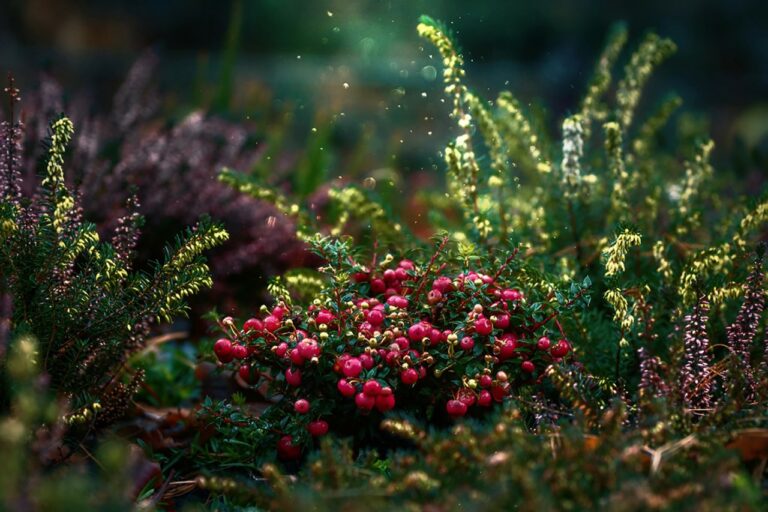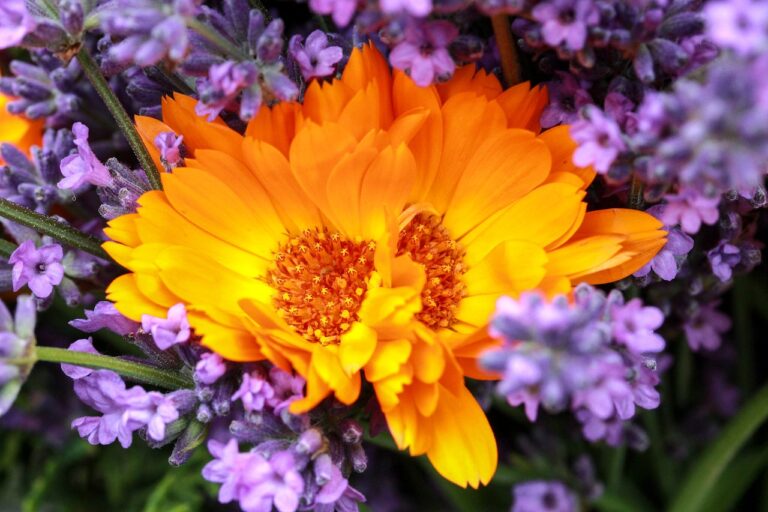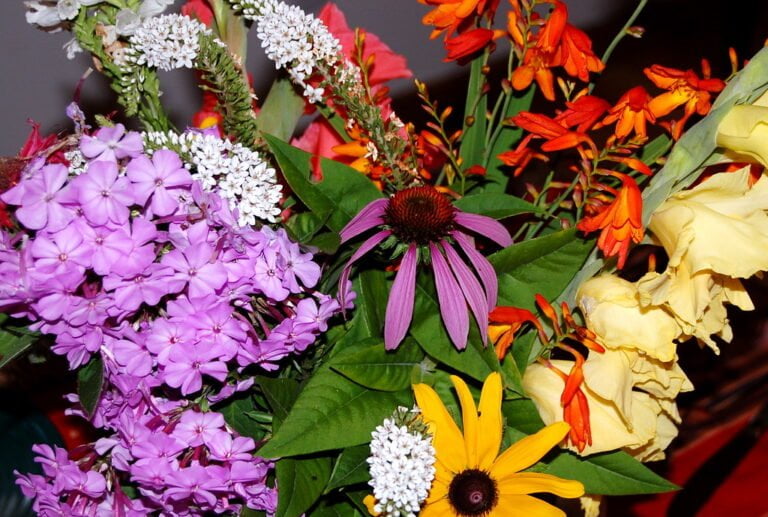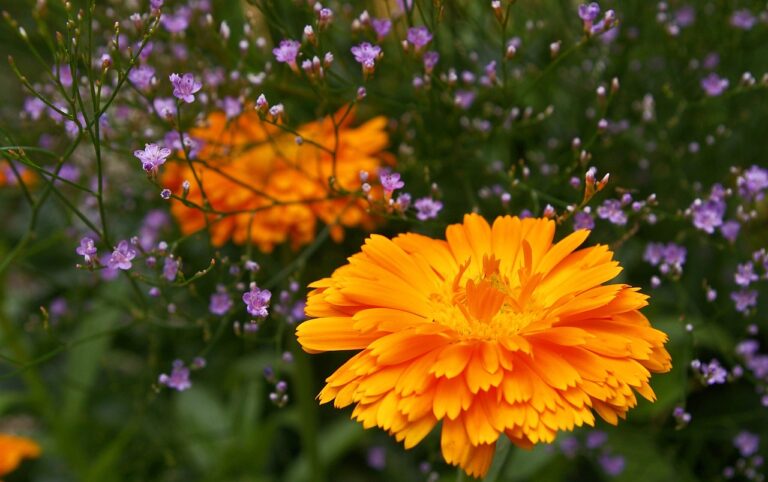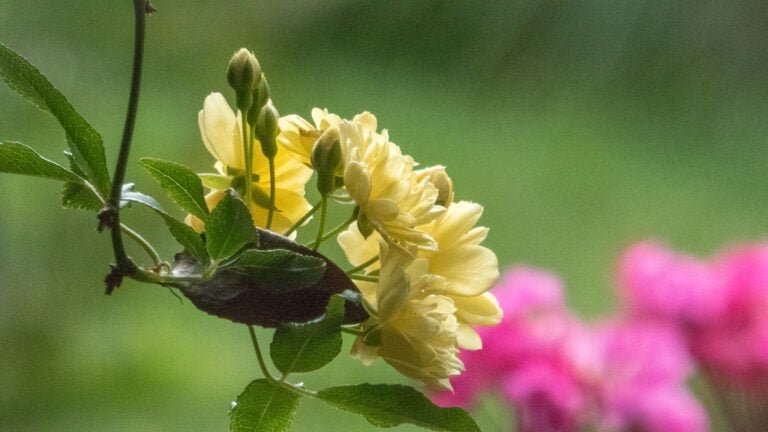How to Grow Poppies Indoors: A Comprehensive Guide
I grow poppies indoors successfully by selecting the right type and providing ideal conditions. Flanders poppies are low-maintenance with stunning colors. Greater Celandine poppies spread rapidly but may be invasive. Himalayan poppies, although challenging, showcase beautiful blue blooms. Follow seed packet instructions for optimal growth. Poppies require 6 hours of sunlight, well-draining soil, and cool temperatures. Seed planting involves stratification and moist soil. Care includes proper watering, fertilizer, and sun exposure. Harvest at the bud stage for a longer vase life. Store in a cool, shaded location. Master these steps, and your indoor poppies will thrive.
Selecting the Right Poppy Varieties
When selecting the appropriate poppy varieties for indoor cultivation, it is important to consider the unique characteristics and care needs of each type. Among the various options available, Oriental poppies stand out for their striking red-orange flowers and straightforward growth requirements when grown indoors. These poppies flourish in full sunlight, so placing them in a sunny spot within your indoor space is vital for their development. Ensuring they have well-draining soil is also crucial to prevent waterlogging, which can damage the plants.
Flanders poppies, with their distinctive blood-orange/red color, are another outstanding choice for indoor growing. These poppies are recognized for their simple care requirements, making them ideal for beginners interested in cultivating poppies indoors. When starting from seeds, refer to the instructions on the seed packet to provide them with the best start possible.
For those looking for a more aggressive growth pattern, Greater Celandine poppies might be the right choice. However, it is important to note their potential invasiveness and take necessary precautions to contain their growth indoors. Lastly, if you are looking to challenge yourself, consider Himalayan poppies with their beautiful sky-blue flowers. While they can be more challenging to grow indoors, the reward of their stunning blooms is worth the effort.
Providing Optimal Growing Conditions
To cultivate healthy and vibrant indoor poppies, ensuring ideal growing conditions is essential, requiring attention to sunlight exposure, soil quality, temperature regulation, fertilization, and bloom timelines. Poppies thrive in full sun, necessitating at least 6 hours of direct sunlight daily for best growth indoors. When planting indoors, it’s important to use well-draining, slightly acidic soil that is rich in organic matter. This type of soil provides the necessary nutrients for the poppies to flourish.
Temperature regulation is key when cultivating poppies indoors, as they prefer cooler temperatures. Maintaining a cool environment can be challenging, but it is crucial for the success of indoor poppy cultivation. Additionally, applying a general purpose fertilizer monthly can help promote healthy growth and blooming of indoor poppies. This extra boost of nutrients can make a significant difference in the overall health and vitality of the plants.
Indoor poppies typically bloom in early to mid-summer, around 65 to 90 days after planting, if cared for properly. By providing the best growing conditions of full sun, well-draining soil, cool temperatures, and regular fertilization, you can ensure that your indoor poppies reach their full blooming potential.
Planting Poppy Seeds Indoors
For successful indoor cultivation of poppies, the first step is to cold stratify the seeds in the refrigerator for 2-4 weeks before planting. This process mimics the natural conditions that poppy seeds require to germinate properly.
- Prepare the Soil: Plant poppy seeds at a depth of 1/8 inch in well-draining soil to prevent waterlogging, which can lead to seed rot. Good soil structure is essential for healthy root development.
- Maintain Moisture: Keep the soil consistently moist until germination, which typically takes around 20 days. Avoid overwatering, as this can cause the seeds to rot before they sprout.
- Provide Adequate Sunlight: Poppy plants thrive in full sun, so make sure they receive at least 6 hours of direct sunlight daily for optimal growth. If natural light is insufficient, consider using grow lights to supplement.
- Consider Container Planting: To facilitate indoor sprouting, use small peat pots with a few seeds in each pot. This method helps control the growing environment and makes transplanting easier once the seedlings are established.
Caring for Indoor Poppy Plants
I cultivate indoor poppy plants by making sure they are placed in an environment with slightly acidic, well-drained soil for ideal growth. Poppies need full to partial sun exposure to thrive indoors, so I guarantee they receive adequate sunlight each day. Providing a well-drained soil mixture with good aeration is essential to prevent waterlogging, which can cause root rot in indoor poppy plants. I make sure to water the plants consistently, allowing the soil to dry out slightly between waterings to avoid overwatering.
To nourish indoor poppy plants, I apply a general-purpose fertilizer once a month during the growing season. This helps provide the necessary nutrients for healthy growth and vibrant blooms. Indoor poppy plants typically bloom in summer, around 65 to 90 days from planting, so regular fertilization is critical for continuous flowering.
Pinching off mature flowers from indoor poppy plants is a beneficial practice as it can stimulate the development of new blooms and prolong the flowering period. This encourages the plant to focus its energy on producing more flowers, resulting in a more abundant display. Additionally, using a water-soluble fertilizer can further improve the growth and blooming of indoor poppy plants, ensuring they remain healthy and vibrant throughout the growing season.
Harvesting and Enjoying Indoor Poppies
After guaranteeing your indoor poppy plants have been well taken care of, the next step is to harvest and enjoy the beautiful blooms they produce at the cracked bud stage for an extended vase life. Here are some expert tips to make the most of your indoor poppy harvest:
- Harvesting at the Right Time: When the poppy flowers reach the cracked bud stage, it’s time to gather them. This stage ensures that the blooms will last longer in a vase.
- Preserving Freshness: After gathering, cauterize the cut ends of the poppies. This process helps in preserving the freshness of the flowers for an extended period.
- Storage: Store the gathered poppies in a cool area to maintain their quality. Keeping them away from direct sunlight and heat will help them stay fresh for a longer time.
- Exploring Seeds and Pods: Don’t forget that poppies can grow seeds too. When it’s the right time to gather seeds, you can experiment with them for baking or planting in your indoor garden. Additionally, the poppy pods can be utilized for decorations in your home, adding a touch of natural beauty to your living space.

